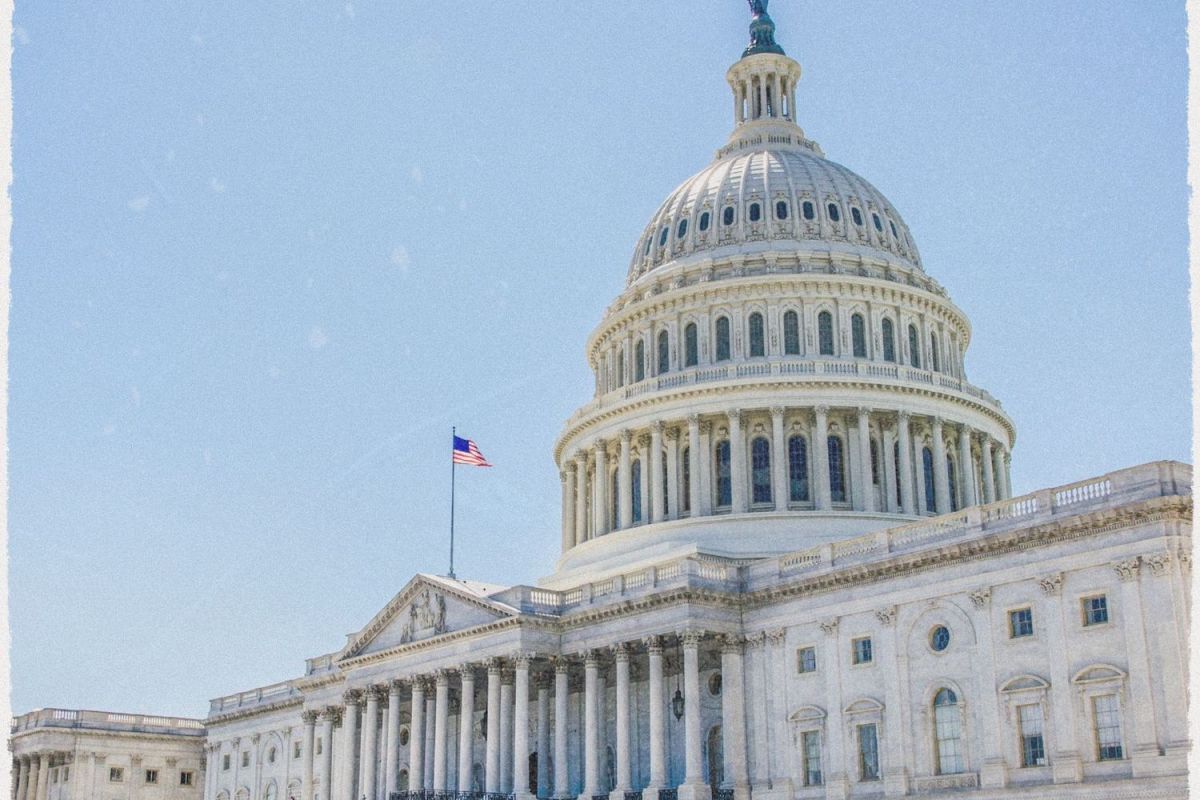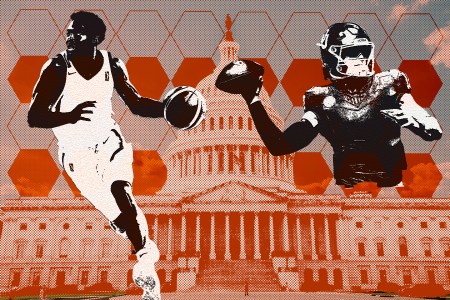Could the NCAA, student-athletes, broadcast networks, agents and congress all come together and reach a compromise that makes everyone happy? As things stand now, a calm, reasoned discussion between Dan Hurley and the officials seems more likely.
Senate Democrats Maria Cantwell (Wash.), Cory Booker (N.J.), and Richard Blumenthal (Conn.) introduced the Student Athlete Fairness and Enforcement (“SAFE”) Act in late September 2025. Their bill comes as a direct counter to the SCORE Act (Student Compensation and Opportunity through Rights and Endorsements), which moved through a House subcommittee over the summer but has since stalled out. Because the two proposals reflect diametrically opposed visions for college athletics, reconciling them in a unified federal bill that could ultimately become law seems unlikely.
Key provisions of the SAFE Act
While the SCORE Act has support from the NCAA and major conferences like the SEC, the SAFE Act is preferred by labor groups along with athlete-centric organizations like Athletes.org.
Some key provisions of the SAFE Act that differentiate it from the SCORE Act include:
1. Allow collective conference media rights pooling: The SAFE Act would amend the Sports Broadcasting Act of 1961 to permit conferences to band together and negotiate media rights deals. The goal would be to allow conferences, or even the NCAA, to pool media rights in an effort to maximize revenue and then distribute it to help support Olympic sports.
2. Increasing viewing access for fans: Another provision of the SAFE Act would prohibit broadcast networks from putting football and basketball games behind a paywall and instead require the games to be available on a non-exclusive basis on a local broadcast outlet. The networks would also have to give media some rights back to schools if they weren’t using those rights to also broadcast women’s and Olympic sports.
3. Limiting transfers: The SAFE Act would limit penalty-free transfers for each athlete to two transfers.
4. Guaranteed scholarships: Athletes would have their scholarships guaranteed for 10 years after their eligibility expires.
5. Post-eligibility medical coverage: Athletes would receive five years of post-eligibility medical coverage.
6. Agent registry: The SAFE Act would create an agent registry and certification process and agent fees would be capped at 5 percent (many agents currently receive 20 percent or more).
7. Uniform federal NIL rights: The SAFE Act would establish a national NIL standard, replacing the current patchwork of state laws.
8. Codifying the House settlement: Currently, the House settlement is in place for 10 years. However, the SAFE Act would codify the revenue sharing cap, the requirement for “associated entities” like collectives to meet the “valid business purpose requirement,” and the oversight and review of deals by the College Sports Commission.
Contrasting with the SCORE Act
Although the SCORE Act would also provide a national standard that would override the patchwork of state laws and would codify the House settlement, many of its key provisions are aimed at protecting the NCAA’s interests.
For example, the SCORE Act expressly prohibits college athletes from becoming employees and limits transferring to once without penalty. It also provides antitrust protections for the NCAA in the form of a limited exemption that would shield it from lawsuits related to athlete compensation, eligibility, and transfer rules. Essentially, this bill seeks to preserve the status quo and insulate the NCAA, conferences and schools from future legal battles over the employment battle and restrictions on movement and compensation.
There are some athlete-friendly provisions, however, such as requiring schools with athletic revenue in excess of $20 million a year to maintain at least 16 varsity sports. It would also require those same schools to provide benefits to athletes, such as access to mental health programs, degree completion assistance, medical benefits and more. Agent fees would also be capped at 5 percent under the SCORE Act.
In July, the House Energy & Commerce subcommittee advanced the SCORE Act, but it has since lost its momentum and is now challenged by the opposing SAFE Act.
Don’t Expect a Federal Law Anytime Soon
Because the two bills are diametrically opposed in so many key ways, passing one would require the other side to make a compromise that completely abandons its central position. Given these structural tensions, the sharp opposition between SAFE and SCORE makes it unlikely that Congress will pass a comprehensive federal college athletics bill in the near term.
More Like This


